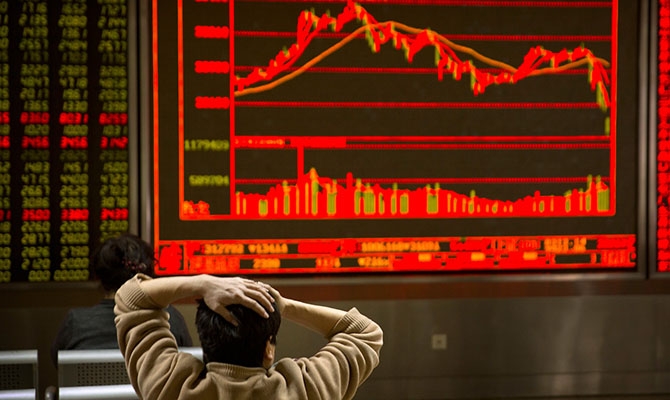Uncertainty over Trump's tariff policy continues to weigh on the US economy and keeps stock and commodity markets on edge

Trump's decision to impose a 25% tariff on imported car parts made in the US has sent the US stock market crashing again. Macroeconomic data is already pointing to growing concerns about possible stagflation in the country.
On Wednesday, President Trump signed an executive order imposing a 25% tariff on imported cars to the United States, effective April 3. The tariffs will initially apply to cars fully assembled outside the United States, and will extend to car parts manufactured outside the United States on May 3. Trump recently said he doesn't care if foreign automakers raise prices on cars in the United States.
On Friday, US stock indexes fell again: the Dow Jones Industrials (reflecting the value of the shares of the 30 largest US companies) fell by 1.69% to a weekly low, the S&P 500 (reflecting the value of the shares of the 500 largest US companies) by 1.97%, and the Nasdaq 100 (reflecting the value of the shares of leading US high-tech companies) by 2.7%, which is a two-week low. It should be noted that a drop of 1% in any of these indexes in one trading session is considered a collapse.
Economic risks from tariffs are dragging down stocks and bonds, while gold prices hit a new all-time high. Friday's economic news showed weaker-than-expected household demand and signs of rising inflation, as U.S. personal spending rose less than expected in February and the core PCE price index, the Fed's preferred inflation measure, rose more than forecast.
According to Bank of America, the outflow of funds from US stocks for the week of March 19-25 amounted to $20.3 billion, which was the largest weekly outflow this year.
Oil prices have come under pressure from economic news from the US and expectations of a decline in demand for energy resources, including oil, but they are supported by the strengthening of secondary sanctions against buyers of Iranian oil, as well as the threat of imposing similar sanctions on buyers of Russian oil.
May oil futures rose 2.6% for the week amid new US strikes on the Houthis and threats of strikes on Iran if it does not return to nuclear talks. But on Friday, quotes fell 0.5% to $73.6/barrel due to US economic data.
Agricultural markets also remain under pressure from forecasts of reduced demand and changes in supply chains following the introduction of reciprocal tariffs, which will lead to an increase in the cost of shipping and the goods themselves. Therefore, markets continue to await the introduction of tariffs by the US administration for all countries from April 2 and their reaction to it.


